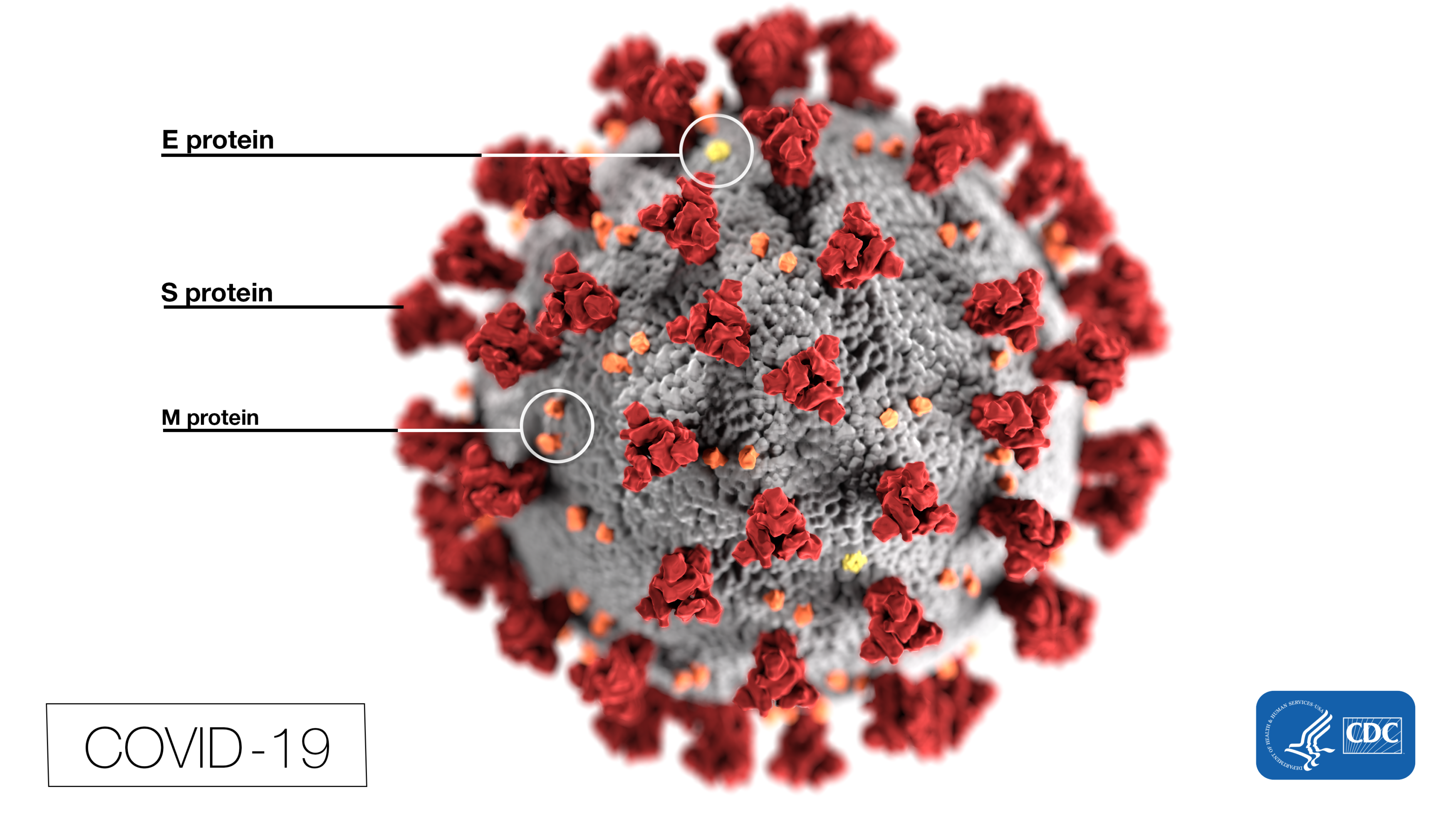
An outbreak of a mutated pneumonia-like virus occurred in China, tracing back to a November 17 case. The virus quickly spread throughout the country. By the beginning of January, the virus —now known as COVID-19 —garnered global attention, as it spread from person-to-person, country-to-country.
The end of February would bring COVID-19 stateside, with its first confirmed case in Washington state. Pandemonium quickly spread, as Americans exposed their lack of common sense.
Racism spread along with the virus. Anyone from ill-informed college students to the country’s president framed the virus as a “Chinese virus.” Some politicians were even accused of referring to COVID-19 as the “kung flu.”
Across the country, Chinese Americans saw a spike in violence, as xenophobic rhetoric became popular among political briefs and public hysteria.
The beginning of quarantine and containment policies created an apocalypse. It began with partially helpful face masks, then became progressively more outrageous. Georgia State saw a peak in hysteria when a student interrupted a Signal meeting cloaked in a botched hazmat suit, cloth face mask and MAGA hat.
Many people went to the most extreme measures to protect themselves from “that ‘Rona,” but few took the time to use common sense.
Media outlets interested in maintaining their analytics relied on sensationalism to cover COVID-19. Few outlets and people were interested in finding and reporting on the facts of the case.
While the virus outbreak began in China, it is not a “Chinese” virus, and it’s not a product of assumed consumption of domesticated or wild animals. COVID-19 is a mutation of a pre-existing virus. The reason why the virus is worthy of media attention is because this is the first global outbreak of the virus.
Contrary to hysterical conspiracies, the disease isn’t inherently fatal. The disease has a 2% fatality rate and mostly affects people with compromised immune systems. Children, elderly people and people with pre-existing diseases, specifically respiratory illnesses, are more susceptible to fatalities. Most of the cases are actually mild cases. The disease can actually be prevented by basic cold and flu seasonal precautions.
The CDC recommends washing your hands for 20 seconds, with hot water and soap. People who are sick, coming down with an ailment or recovering from an ailment should practice social distancing and wear masks to avoid the transfer of pathogens to others, and commonly used surfaces should be regularly disinfected. These are tips commonly suggested during the cold and flu season and the beginning of an elementary school year.
If the U.S. president had taken the virus seriously —before the CDC was warning that the virus was likely to spread stateside — and restricted air travel and mandated an increase in public sanitation, we could have contained the virus much sooner.
If Americans regularly practiced basic hygiene and sanitation, instead of waiting until a pandemic to verse themselves in hand-washing, disinfection and the necessity of paper products, we could have contained the person-to-person spread.
Before making xenophobic jokes about bat soup and eating cats and dogs, think of your contribution to the COVID-19. We are having virtual parties, meetings and classes — not because someone ate a bowl of soup three years ago but because we decided to go to Miami this spring break. We decided to ignore explicit CDC advice and try to find a conspiracy in hygiene, rather than slowing down, washing our hands and socially distancing ourselves.
